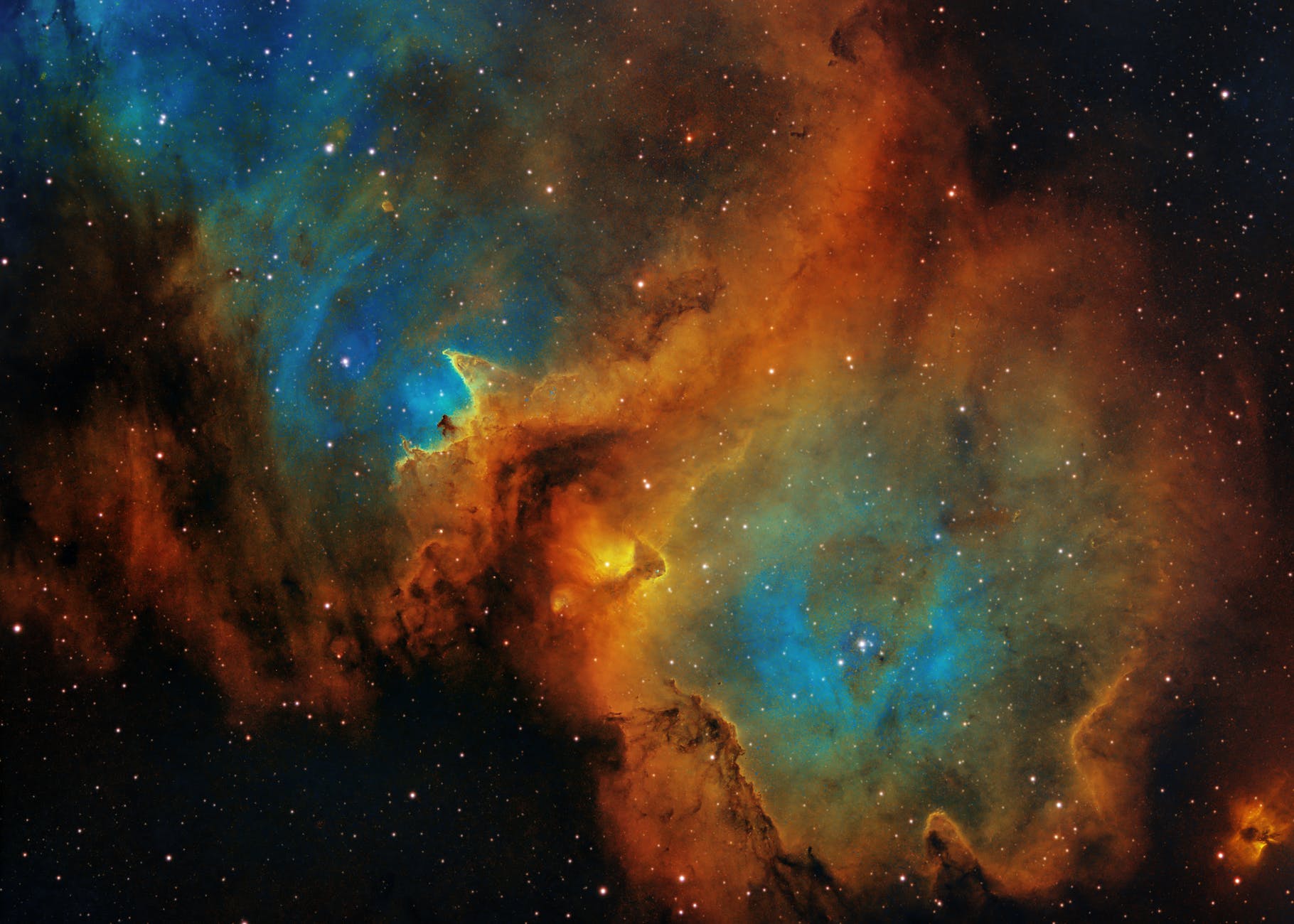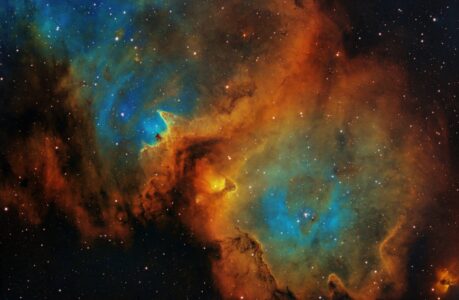Looking up at the night sky and observing the stars can be an awe-inspiring experience. While there are plenty of bright and easy-to-observe objects, such as the moon and planets, it can be challenging to spot deep-sky objects like galaxies and nebulae. These objects are much dimmer and require a bit more effort to observe. In this article, we’ll go over some tips to help you get the most out of observing deep-sky objects.
Tip 1: Get Away from Light Pollution
One of the most important things to consider when observing deep-sky objects is light pollution. This refers to the artificial light from cities and towns that can make it difficult to see faint objects in the sky. If possible, try to get away from light pollution by heading to a dark sky location. This could be a state park, national park, or other remote location away from the lights of civilization.
Tip 2: Use the Right Telescope
Another critical factor in observing deep-sky objects is having the right telescope. Galaxies and nebulae are much fainter than planets or the moon, so you’ll need a telescope with a larger aperture to gather more light. Generally, a telescope with an aperture of at least 6 inches is a good starting point. A Dobsonian telescope is a popular option for deep-sky observing because of its simple design and large aperture.
Tip 3: Use the Right Eyepiece
In addition to having the right telescope, you’ll also need the right eyepiece for observing deep-sky objects. Eyepieces with a larger apparent field of view (AFOV) will make it easier to find and observe objects. AFOV is usually measured in degrees, and eyepieces with an AFOV of 50 degrees or more are a good choice for deep-sky observing. Additionally, eyepieces with a longer focal length will provide a wider field of view, making it easier to observe larger objects like galaxies.
Tip 4: Allow Your Eyes to Adjust
When observing deep-sky objects, it’s important to give your eyes time to adjust to the darkness. This process, known as dark adaptation, can take up to 30 minutes, so be patient. If you use a flashlight while observing, make sure to use a red filter, as this will preserve your night vision.
Tip 5: Use averted Vision
Averted vision is a technique used to observe faint objects in the sky. Instead of looking directly at the object, try looking slightly to the side of it. This can help you see more detail and make the object appear brighter. Averted vision works because the center of your eye (the fovea) is less sensitive to light than the surrounding area. By using averted vision, you’re using the more sensitive parts of your eye to observe the object.
Tip 6: Use Filters
Filters can be a useful tool when observing deep-sky objects. A nebula filter, for example, can help increase contrast and make nebulae appear brighter. A light pollution filter can also be helpful if you’re observing from a location with a lot of artificial light. Filters can be placed in the eyepiece or in front of the telescope.
Tip 7: Learn to Star Hop
Finally, learning to star hop can make it much easier to find and observe deep-sky objects. Star hopping involves using bright stars as reference points to find fainter objects in the sky. Start by locating a bright star near the object you want to observe, and then use a star chart or app to guide you to the object. With a bit of practice, you’ll be able to navigate the night sky with ease.
Bonus Tip: Keep a Notebook
As you observe deep-sky objects, it can be helpful to keep a notebook to record your observations. This can include notes on what you saw, the date and time of the observation, and any other relevant details. Keeping a notebook can help you keep track of what you’ve observed and can also be a fun way to look back on your observations over time.
In conclusion, observing deep-sky objects like galaxies and nebulae can be a rewarding experience, but it does require some effort and preparation. By following these tips, you can maximize your chances of spotting these faint and fascinating objects in the night sky. Remember to be patient, use the right equipment, and take the time to enjoy the beauty of the universe around us.
Deep sky objects visible from Ireland
Ireland is a great location for observing deep-sky objects, with its relatively low light pollution levels and dark skies. Here are some of the most prominent deep-sky objects visible from Ireland:
Orion Nebula (M42)
The Orion Nebula is one of the most famous deep-sky objects in the night sky and is visible from Ireland during the winter months. It is located in the constellation Orion and is visible to the naked eye as a hazy patch in the sky. Through a telescope, the nebula appears as a glowing cloud of gas and dust, with several bright stars visible within it.
Andromeda Galaxy (M31)
The Andromeda Galaxy is another famous deep-sky object and is the closest spiral galaxy to our own Milky Way. It is visible to the naked eye as a faint smudge in the constellation Andromeda, but is best viewed through a telescope. With a telescope, you can see the galaxy’s spiral arms and its bright core.
Beehive Cluster (M44)
The Beehive Cluster, also known as Praesepe, is a beautiful open cluster located in the constellation Cancer. It is visible to the naked eye as a hazy patch of light, but is best viewed through a telescope. Through a telescope, you can see dozens of stars clustered together, giving the impression of a swarm of bees.
Whirlpool Galaxy (M51)
The Whirlpool Galaxy is a stunning spiral galaxy located in the constellation Canes Venatici. It is visible through a telescope as a bright core surrounded by two spiral arms. It is best viewed from Ireland during the spring months.
Hercules Cluster (M13)
The Hercules Cluster is a globular cluster located in the constellation Hercules. It is visible through a telescope as a dense ball of stars, with some of the brighter stars visible to the naked eye. The Hercules Cluster is best viewed from Ireland during the summer months.
Ring Nebula (M57)
The Ring Nebula is a planetary nebula located in the constellation Lyra. It is visible through a telescope as a small, ring-shaped cloud of gas and dust. The Ring Nebula is best viewed from Ireland during the summer months.
Dumbbell Nebula (M27)
The Dumbbell Nebula is a planetary nebula located in the constellation Vulpecula. It is visible through a telescope as a bright, hourglass-shaped cloud of gas and dust. The Dumbbell Nebula is best viewed from Ireland during the summer months.
Observing these deep-sky objects from Ireland can be a breathtaking experience, but remember to follow the tips outlined in this article to get the most out of your observing session.

